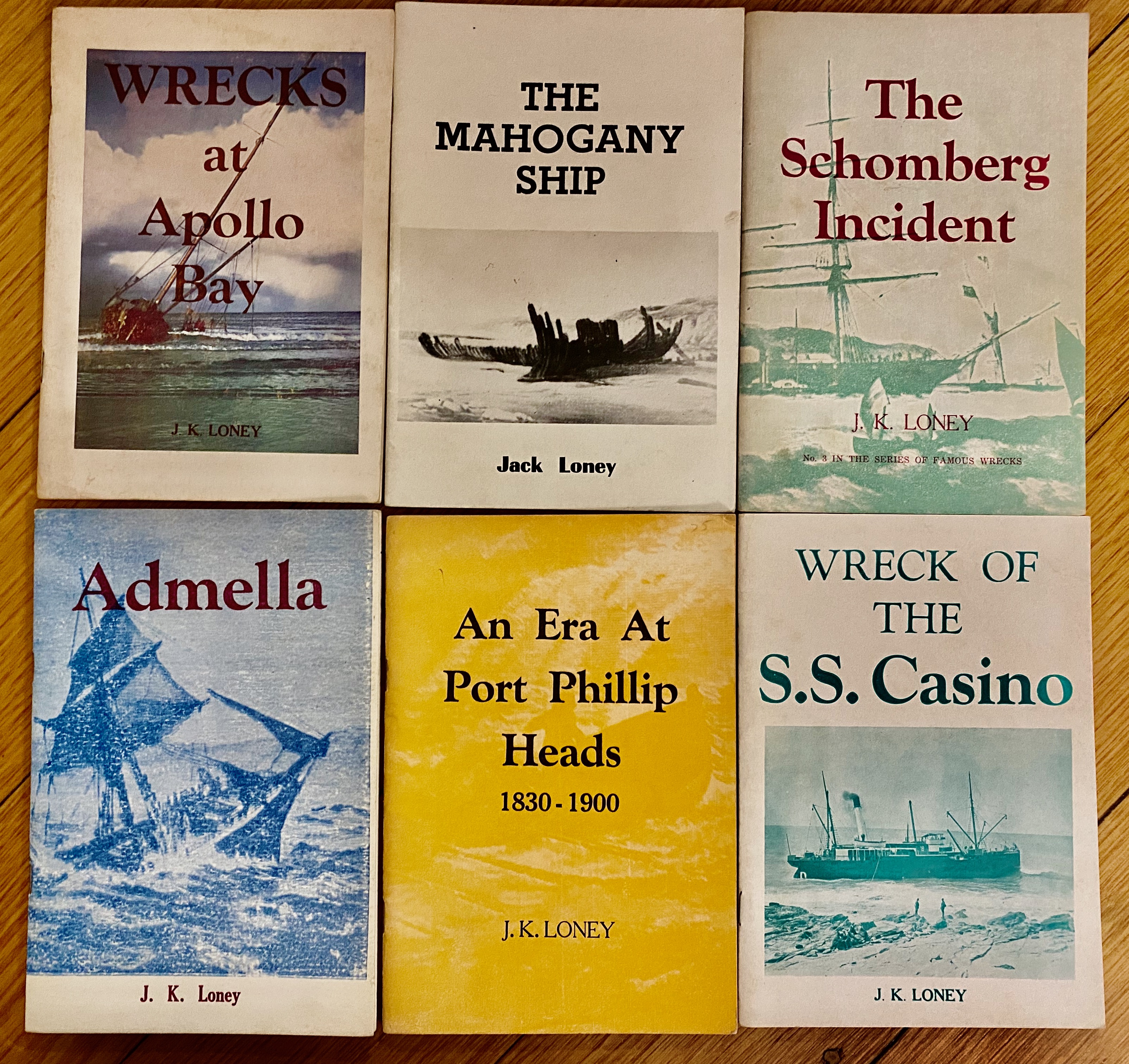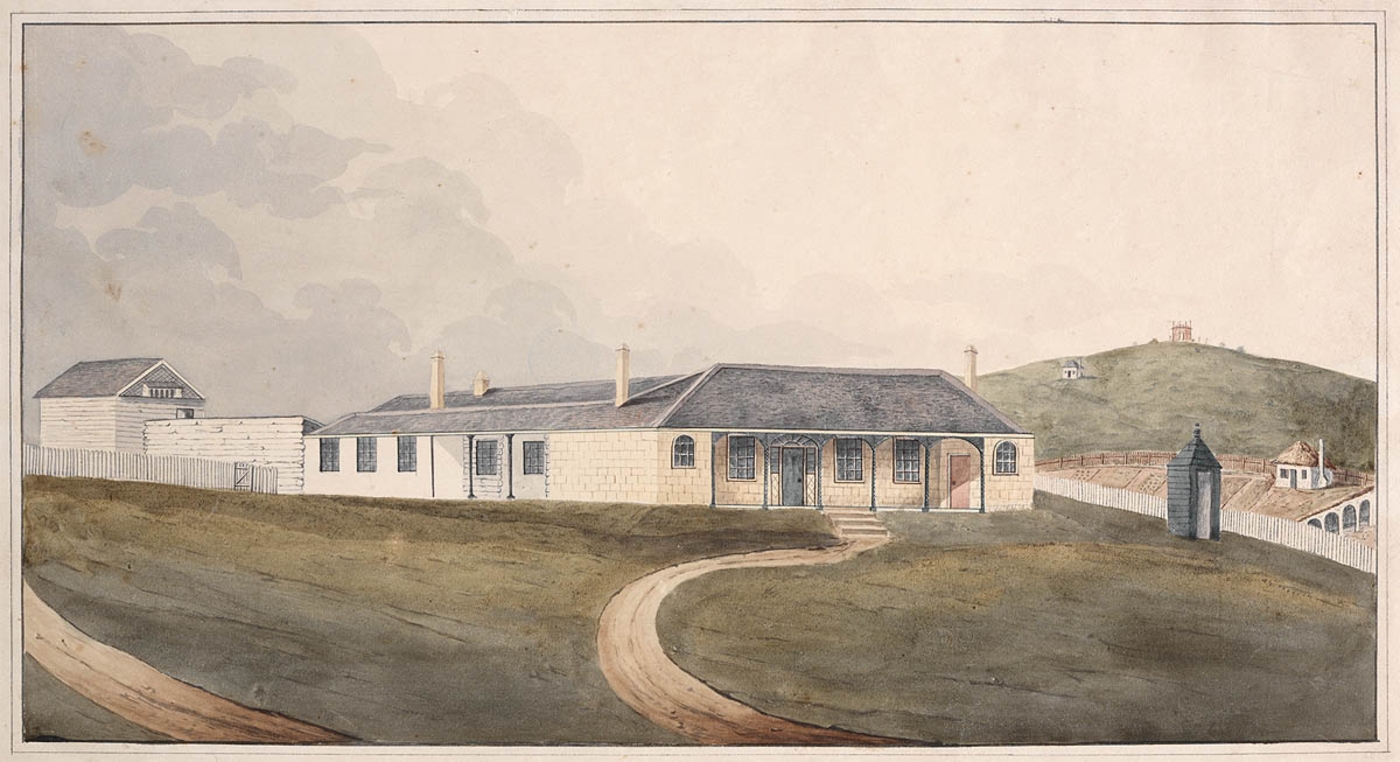|
Ability (1910)
The ''Ability'' was a wooden Steamer coastal transport cargo ship of 140 tons, owned by Parsons, R & Plunkett. She was scuttled and abandoned off Newcastle, New South Wales Newcastle ( ; Awabakal: ) is a metropolitan area and the second most populated city in the state of New South Wales, Australia. It includes the Newcastle and Lake Macquarie local government areas, and is the hub of the Greater Newcastle area, w ... on 3 June 1960 or off Sydney on 3 April 1965. Australian National Shipwreck Database, 2011, page chart References Sources * Further reading Online Database's Australian Shipping - Arrivals and Departures 1788–1968 including shipwreckbr /> Encyclopaedia of Australian Shipwrecks - New South Wales Shipwreck Books *Wrecks on the New South Wales Coast. By Jack Loney, Loney, J. K. (Jack Kenneth), 1925–1995 Oceans Enterprises. 1993 . *''Australian shipwrecks Vol. 4 1901–1986'' By Jack Loney, Loney, J. K. (Jack Kenneth), 1925–1995. Portarlington Vic. ... [...More Info...] [...Related Items...] OR: [Wikipedia] [Google] [Baidu] |
Steamboat
A steamboat is a boat that is marine propulsion, propelled primarily by marine steam engine, steam power, typically driving propellers or Paddle steamer, paddlewheels. Steamboats sometimes use the ship prefix, prefix designation SS, S.S. or S/S (for 'Screw Steamer') or PS (for 'Paddle Steamer'); however, these designations are most often used for steamships. The term ''steamboat'' is used to refer to smaller, insular, steam-powered boats working on lakes and rivers, particularly riverboats. As using steam became more reliable, steam power became applied to larger, ocean-going vessels. Background Limitations of the Newcomen steam engine Early steamboat designs used Newcomen atmospheric engine, Newcomen steam engines. These engines were large, heavy, and produced little power, which resulted in an unfavorable power-to-weight ratio. The Newcomen engine also produced a reciprocating or rocking motion because it was designed for pumping. The piston stroke was caused by a water jet i ... [...More Info...] [...Related Items...] OR: [Wikipedia] [Google] [Baidu] |
Newcastle, New South Wales
Newcastle ( ; Awabakal: ) is a metropolitan area and the second most populated city in the state of New South Wales, Australia. It includes the Newcastle and Lake Macquarie local government areas, and is the hub of the Greater Newcastle area, which includes most parts of the local government areas of City of Newcastle, City of Lake Macquarie, City of Cessnock, City of Maitland and Port Stephens Council. Located at the mouth of the Hunter River, it is the predominant city within the Hunter Region. Famous for its coal, Newcastle is the largest coal exporting harbour in the world, exporting 159.9 million tonnes of coal in 2017. Beyond the city, the Hunter Region possesses large coal deposits. Geologically, the area is located in the central-eastern part of the Sydney Basin. History Aboriginal history Newcastle and the lower Hunter Region were traditionally occupied by the Awabakal and Worimi Aboriginal people, who called the area Malubimba. Based on Aboriginal language refere ... [...More Info...] [...Related Items...] OR: [Wikipedia] [Google] [Baidu] |
Shipwrecks
A shipwreck is the wreckage of a ship that is located either beached on land or sunken to the bottom of a body of water. Shipwrecking may be intentional or unintentional. Angela Croome reported in January 1999 that there were approximately three million shipwrecks worldwide (an estimate rapidly endorsed by UNESCO and other organizations). When a ship's crew has died or abandoned the ship, and the ship has remained adrift but unsunk, they are instead referred to as ghost ships. Types Historic wrecks are attractive to maritime archaeologists because they preserve historical information: for example, studying the wreck of revealed information about seafaring, warfare, and life in the 16th century. Military wrecks, caused by a skirmish at sea, are studied to find details about the historic event; they reveal much about the battle that occurred. Discoveries of treasure ships, often from the period of European colonisation, which sank in remote locations leaving few livin ... [...More Info...] [...Related Items...] OR: [Wikipedia] [Google] [Baidu] |
Australian National Shipwreck Database
__NOTOC__ The Australasian Underwater Cultural Heritage Database (AUCHD) is an online, searchable database containing data on shipwrecks, aircraft that have been submerged underwater or wrecked on the shore, and other Cultural artifact, artefacts of cultural significance which are or have been underwater. It includes what used to be called the Australian National Shipwreck Database (ANSDB), originally developed by the Australasian Institute of Maritime Archaeology in December 2009, now significantly expanded to include other objects. The database was hosted and maintained by the Department of the Environment and Energy until the environment functions of that department, including AUCHD, were taken over by the Department of Agriculture, Water and the Environment on 1 February 2020. It comprises historical and environmental information about objects currently or previously located underwater in the Oceania and Southeast Asian regions. It includes images, the ability to link shipwr ... [...More Info...] [...Related Items...] OR: [Wikipedia] [Google] [Baidu] |
Jack Loney
Jack Kenneth Loney (21 October 1925 – 13 February 1995) was an amateur Australian maritime historian who published over one hundred books and numerous newspaper and magazine articles. He was a schoolteacher and principal until his retirement. He became interested in maritime history after preparing several general history booklets covering the Otway region of western Victoria, Australia. Personal life Loney lived throughout his life in Portarlington, Victoria with his wife Padge. He had two children, Peter and Sally. Jack Loney Award Loney was an inaugural and long-standing member of the Victorian Government's Historic Shipwrecks Advisory Committee (HSAC); the Victorian government decreed a perpetual memorial award - called the Jack Loney Award - for outstanding contribution to maritime history in recognition of Loney's contribution to the preservation of Australia's shipwreck and maritime heritage. The Award is made only as occasion demands, with the recipient chosen by the ... [...More Info...] [...Related Items...] OR: [Wikipedia] [Google] [Baidu] |
Shipwrecks Of The Hunter Region
A shipwreck is the wreckage of a ship that is located either beached on land or sunken to the bottom of a body of water. Shipwrecking may be intentional or unintentional. Angela Croome reported in January 1999 that there were approximately three million shipwrecks worldwide (an estimate rapidly endorsed by UNESCO and other organizations). When a ship's crew has died or abandoned the ship, and the ship has remained adrift but unsunk, they are instead referred to as ghost ships. Types Historic wrecks are attractive to maritime archaeologists because they preserve historical information: for example, studying the wreck of revealed information about seafaring, warfare, and life in the 16th century. Military wrecks, caused by a skirmish at sea, are studied to find details about the historic event; they reveal much about the battle that occurred. Discoveries of treasure ships, often from the period of European colonisation, which sank in remote locations leaving few livin ... [...More Info...] [...Related Items...] OR: [Wikipedia] [Google] [Baidu] |
History Of Newcastle, New South Wales
Archaeological evidence indicates that human beings have inhabited the area around Newcastle, New South Wales for at least 6500 years. In 2009, archaeologist uncovered over 5,534 Aboriginal artefacts, representing three occupation periods. In the 1820s, the Lancelot Threlkeld, Reverend Lancelot Threlkeld worked with local Awabakal man Biraban to record the Awabakal language. Since 1892, the Indigenous people of Newcastle have come to be known as the Awabakal. The first European to explore the area was Lieutenant John Shortland in September 1797. He had been sent in search of convicts who had seized sailing from Sydney Cove. On his return, Lt. Shortland entered "a very fine coal river", which he named after New South Wales' Governor, John Hunter (Royal Navy officer), John Hunter. The coal mined from the area was the New South Wales colony's first export. Newcastle gained a reputation as a "hellhole" as it was where the most dangerous convicts were sent to dig in the coal mines as ... [...More Info...] [...Related Items...] OR: [Wikipedia] [Google] [Baidu] |





